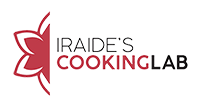Cereals
Cereals are the basic components of our diet, which provide us with energy, because our cells feed basically on glucose. I use them in their wholegrain version, due to their content of polysaccharides or slow absorption of glucose.
It’s important to chew the cereals very well, since they can cause flatulence due to the fiber they contain. For people with irritated intestinal mucose, it is better to consume them very cooked or in its semi-integral version, but always organic as the chemicals that are thrown to the cereals are usually in the skin.
Many people think that cereals are the commercial cereal flakes that are advertised by some brands. Below I mention many of the cereals most used by the therapeutic kitchen, I hope you find them useful.
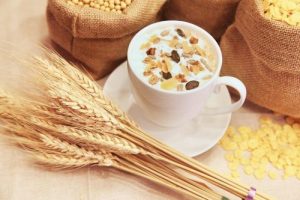
GLUTEN FREE CEREALS
BUCKWHEAT
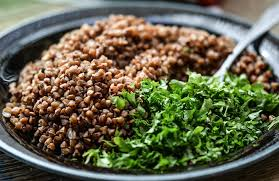
Buckwheat is not a cereal, but a polygonaceous, a seed. It is originally from the Caucasus, and has many interesting properties in the kitchen and health. It does not contain gluten, despite its name, and is very digestive for its ability to heat our digestive system.
It has proteins of high biological value, and produces an effect of more heat in the body than the rest of the grains, therefore, is more yang than the rest of the cereals. It is very popular in Russia (known as Griechka) to make its famous pancakes or blinis.
- Buckwheat regulates blood sugar levels after eating, therefore, very suitable for people with diabetes or with problems of insulin resistance.
- It is rich in iron, potassium, magnesium, calcium and phosphorus, and also in a bioflavonoid called rutin, which helps prevent capillary fragility, making the veins and capillaries more flexible and less likely to break.
- PESTICIDES: buckwheat has a quality that other cereals do not have, and it is that it does not tolerate chemicals when it is grown.

Buckwheat is interesting both as a cereal itself and to use for crispy textures, because if we toast a little, we can sprinkle it by much softer consistencies and give them a crunchy touch, so that we can get les fattening preparations tan using nuts for the same purpose.
QUINOA
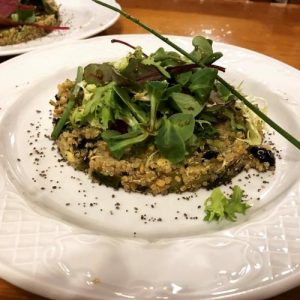
The quinoa is a seed, does not contain gluten as well and is grown in South and Central America. It has become quite popular in recent years and it is no longer strange to see quinoa dishes even in the most chic restaurants.
It contains all the essential amino acids. It cooks very quickly. It is a light cereal with a particular flavor. It is relatively poor in lipids, but contains calcium, iron, magnesium, phosphorus and potassium.

Quinoa has two interesting characteristics. On the one hand, if it is toasted, it has an interesting aroma of nuts and can serve as the basis of a salad.
Unroasted, it gets thick and sticky and we can use it as the basis of a delicious burger.
As for presentations, we can play with the color, since there is also quinoa of dark color. To remove the saponins it has, it´s better to soak it for a few minutes and then clean it well under the tap.
MILLET
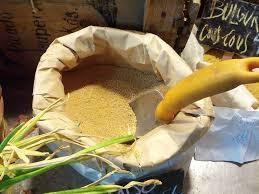
It’s perhaps the most unknown cereal of all. It is very yang, therefore, millet has the ability to absorb large amounts of water or liquid in general. Very satiating and rich in minerals, it is the most alkaline cereal of all. It does not contain gluten, so it is ideal for coeliacs.
The most alkaline cereal of all. It gives us warmth, and helps reduce the accumulated moisture in the body. It has silicon, a mineral necessary to maintain the health of our joints.
It is rich in phosphorus, iron, A vitamin and lecithin.

You can make burgers, salty or sweet cakes… but also like quinoa, we can toast it first to make a refreshing tabouleh in the summer.
AMARANTH
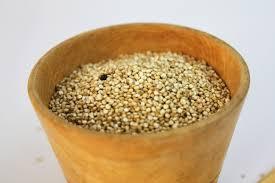
Amaranth, like quinoa and buckwheat is a pseudocereal. It contains proteins of high biological value and is very rich in phosphorus, iron and magnesium.

It has a sandy consistency, so it’s interesting when we want to make a base to any of our preparations, for example, as a bed of some fish or vegetable protein.
BROWN RICE
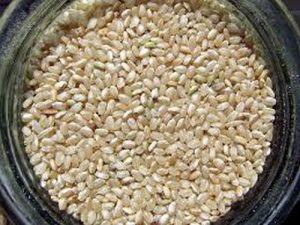
It has B vitamins, essential for the good health of our nervous system. It is very satisfying because of the fiber it has and helps fight against constipation.

It is delicious in: Risottos, paellas … it has the advantage that it retains its shape and texture despite cooking it for longer, and if you get used to its flavour, it has aromas that white rice does not have, which is much flatter and has more “starch type” texture.
CORN
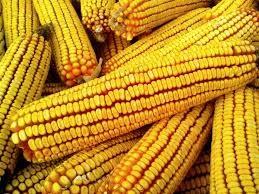
It is soothing of the digestive system, and exerts a regulatory effect on the thyroid gland. It is ideal for summer, because it does not heat the organism and helps digestions become very easy.

Usually consumed in the form of polenta: desserts, pies …but also cooked, added to salads, taboulehs…
CEREALS WITH GLUTEN
WHEAT
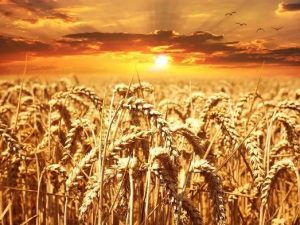
The cereal most known to us is wheat, whose use has been extended rather to the production of breads and pastries. Wheat has gluten, not tolerated by many people, either through intolerance or excess consumption. Spelt, a variety of wheat, retains its more ancestral form, gluten is not as developed and causes less intolerance.

It is a very hard cereal, you have to cook it for a long time to make it digestible. We have always known wheat or spelled in bread version, but we can germinate the grains and also put them in salads.
BARLEY
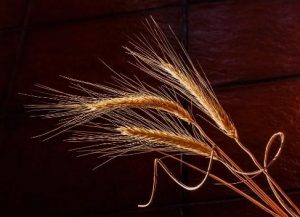
It is the depurative cereal par excellence. Cleans the lymph of toxins and is hepatic depurative. Also suitable for losing weight.

It is better to soak it one night before using it. It is used in soups, especially, accompanied by shitake mushrooms. It is commonly used to make malt that is mixed with wheat flour and gives a more sweet flavour to bread.
OATS
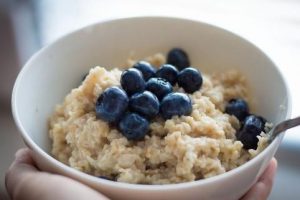
They are normally used in the form of flakes. It is similar to barley, but having mucilage is suitable for those who suffer from constipation and also helps to prevent cholesterol. Taken in excess, it can produce mucus in certain people.

For me the oatmeal is delicious in the breakfast creams, soaked first and cooked slowly until it gives off all its flavour.
RYE
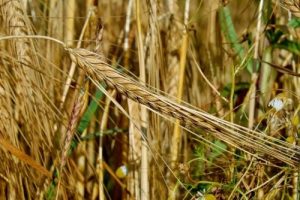
As well as the buckwheat, it contains rutine, a bioflavonoid good for maintaining the elasticity of blood vessels.

It has less gluten than wheat and is also used to make bread.
© 2019 Todos los derechos reservados Aviso Legal
Diseñado por MJDolado
